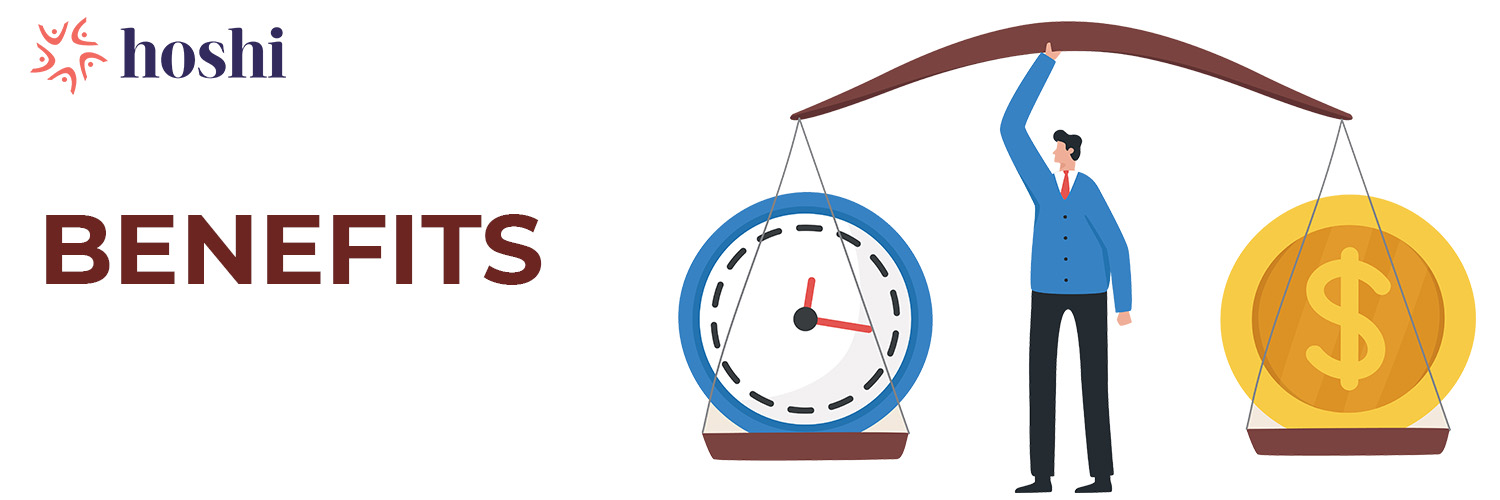Artificial intelligence (AI) and machine learning (ML) in HRMS software.
Artificial intelligence (AI) and machine learning (ML) in HRMS software.
Artificial Intelligence (AI) and Machine Learning (ML) are revolutionising the way we work and transforming various industries, including Human Resource Management (HRM). AI and ML are increasingly being integrated into HRM software to improve efficiency, streamline processes, and enhance the employee experience. In this blog post, we will discuss the benefits of AI and ML in HR and Payroll software and how they are changing the HR landscape.
Introduction:
Artificial Intelligence and Machine Learning are two buzzwords that are changing the way HR work. In HRM, AI and ML are transforming the way organisations manage their workforce, from recruitment to employee engagement and retention. AI and ML are helping organisations automate their HR processes, reduce manual workload, and make data-driven decisions. Let's take a look at how AI and ML are changing the HR landscape.

Benefits of AI and ML in HRMS Software:
AI and ML are being used to automate recruitment processes, such as resume screening, candidate shortlisting, and interview scheduling. This helps HR teams to save time and resources and focus on other important tasks, such as candidate engagement and employee retention.
-
Predictive Analytics:
AI and ML can be used to analyse vast amounts of employee data, such as performance metrics, employee feedback, and social media activity, to identify trends and patterns. This enables HR teams to make data-driven decisions and predict employee behaviour, such as attrition risk and employee engagement.
-
Improved Employee Experience:
AI and ML can help organisations provide a better employee experience by personalising learning and development programs, providing timely feedback and recognition, and automating administrative tasks. This helps employees to feel more engaged, motivated, and productive.
-
Enhanced Performance Management:
AI and ML can help organisations to improve performance management by providing real-time feedback, identifying skills gaps, and automating performance reviews. This helps employees to improve their skills and performance and helps managers to provide better feedback and coaching.
-
Improved Workforce Planning:
AI and ML can be used to analyse workforce data, such as employee demographics, skills, and performance, to identify skills gaps and create workforce plans. This helps organisations to make informed decisions about hiring, training, and development, and ensures that they have the right people with the right skills at the right time.
-
Reduced Bias and Discrimination:
AI and ML can help to reduce bias and discrimination in the hiring process by eliminating human biases and relying on objective data to make hiring decisions. This helps organisations to build a diverse and inclusive workforce and avoid legal issues related to discrimination.
Best AI tools that HR can use for various HR tasks:
-
Mya: Mya is an AI-powered chatbot that is designed to streamline the recruitment process. It can interact with candidates, schedule interviews, and even provide feedback to candidates.
-
Talla: Talla is an AI-powered chatbot that can help HR teams with onboarding, training, and answering employee questions. It can also help HR teams with tasks such as updating employee information and managing vacation requests.
-
Textio: Textio is an AI-powered tool that can help HR teams to write more inclusive job descriptions. It uses machine learning to analyse language patterns and suggest changes that can help to attract a more diverse pool of candidates.
-
Ultimate Software's Xander: Xander is an AI-powered tool that can help HR teams to improve employee engagement and retention. It uses machine learning to analyse data such as employee feedback and performance metrics to identify areas where improvements can be made.
-
Kronos Workforce Dimensions: Kronos Workforce Dimensions is an AI-powered tool that can help HR teams to manage scheduling, time tracking, and payroll. It uses machine learning to analyse data such as employee schedules and time off requests to make more accurate scheduling decisions.
-
IBM Watson Candidate Assistant: IBM Watson Candidate Assistant is an AI-powered tool that can help HR teams to screen resumes and identify top candidates. It uses machine learning to analyse resumes and compare them to job requirements, making it easier to identify the most qualified candidates.
-
AllyO: AllyO is an AI-powered tool that can help HR teams to automate the recruitment process. It can screen resumes, schedule interviews, and even provide personalised feedback to candidates.
Overall, AI tools can help HR teams to streamline tasks and improve efficiency, allowing them to focus on more strategic initiatives.

Challenges of AI and ML in HRMS Software:
While AI and ML have many benefits in HRMS software, there are also some challenges that organisations need to be aware of, such as:
AI and ML require vast amounts of data to train algorithms, which can raise concerns about data privacy and security. Organisations need to ensure that they have the proper data governance and security protocols in place to protect employee data.
-
Ethical Considerations:
AI and ML can raise ethical considerations, such as the use of employee data for decision-making and the potential for bias and discrimination. Organisations need to ensure that their use of AI and ML is transparent, ethical, and aligned with their organisational values.
-
Integration with Existing Systems:
Integrating AI and ML into existing HRMS systems can be challenging, as it requires specialised skills and expertise. Organisations need to ensure that they have the necessary IT infrastructure and expertise to support the integration of AI and ML into their HRMS software.

Go for Free trial before finalizing the product

